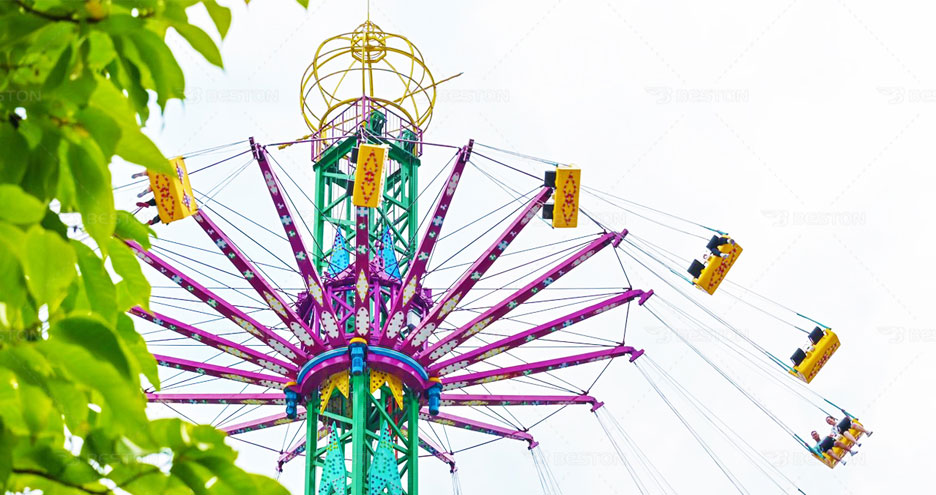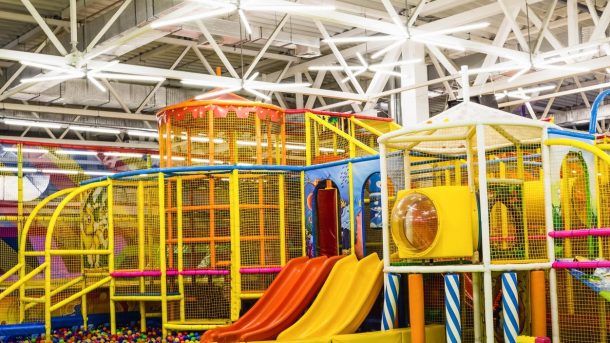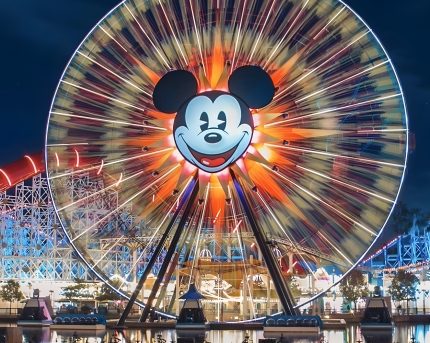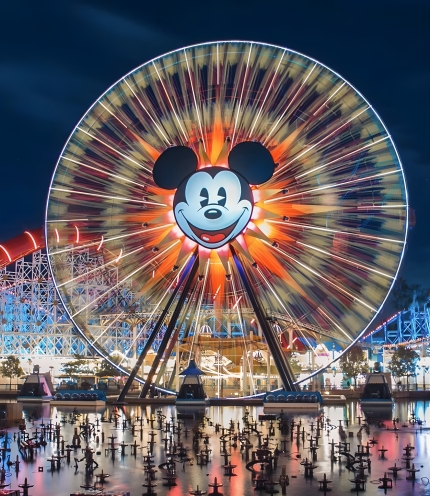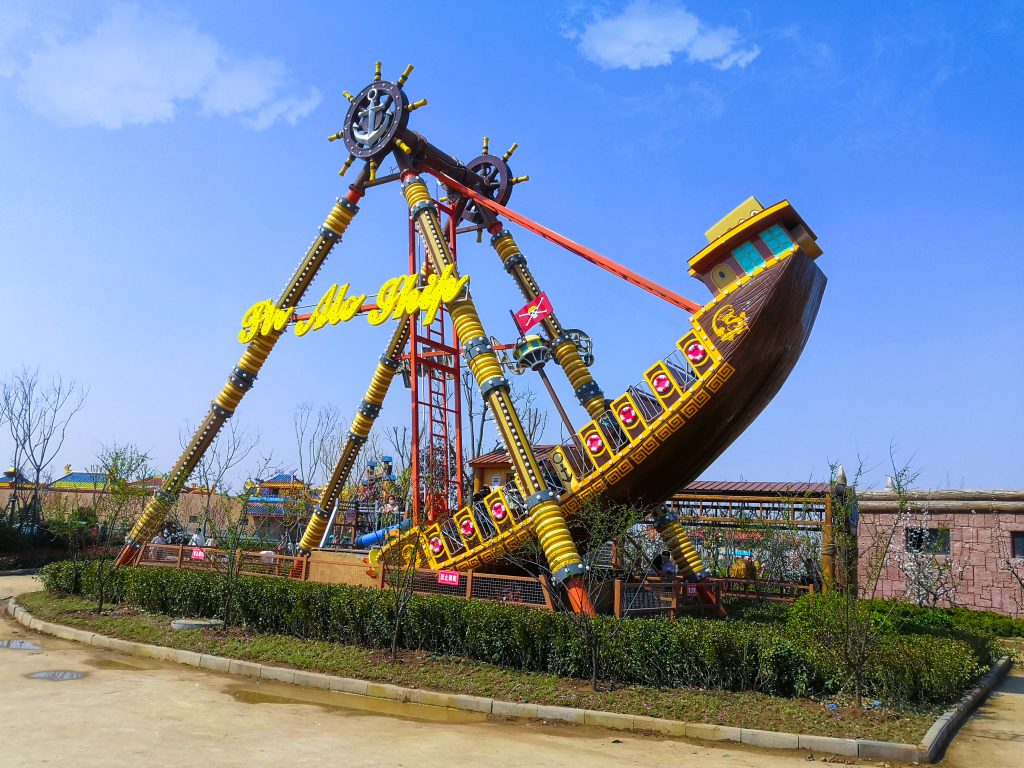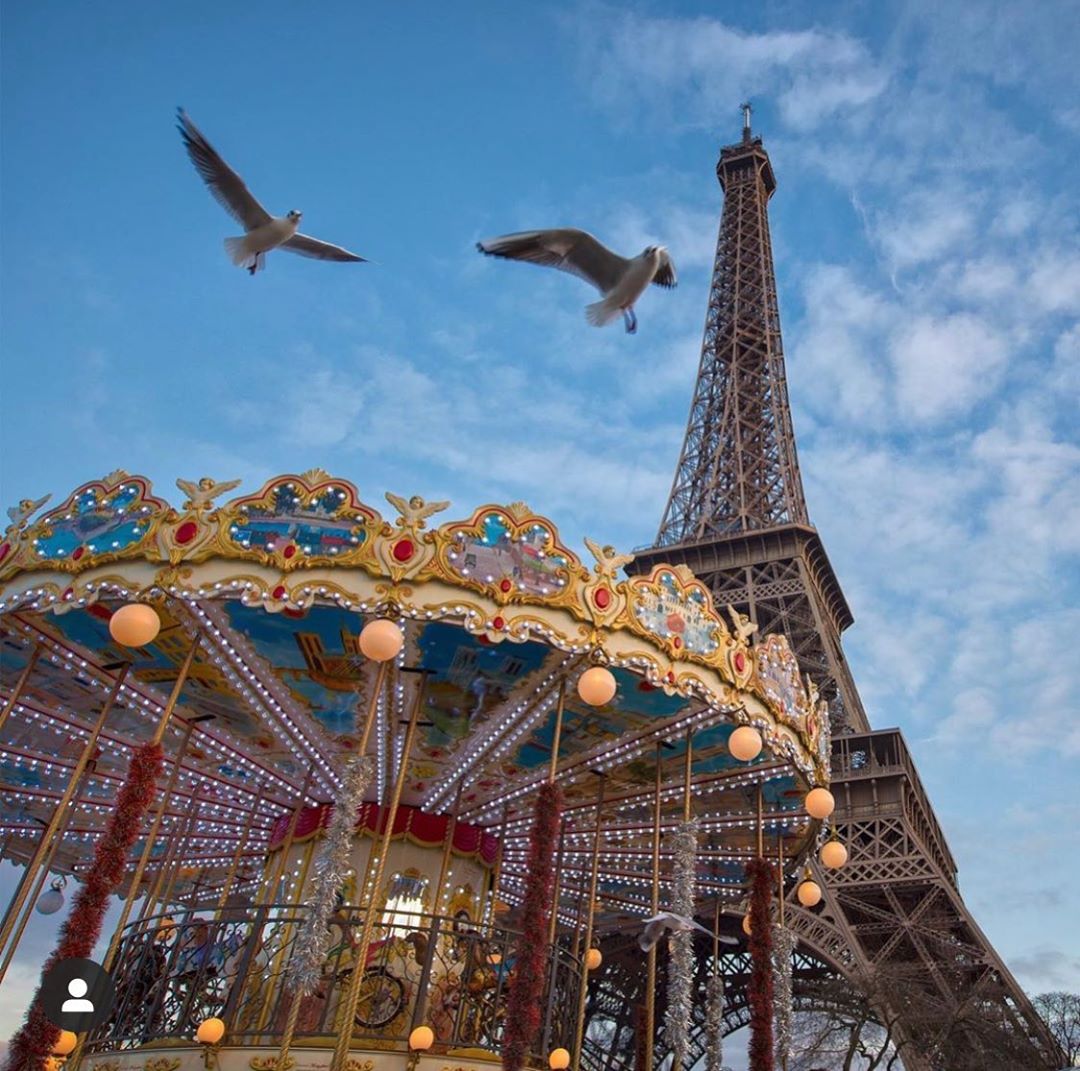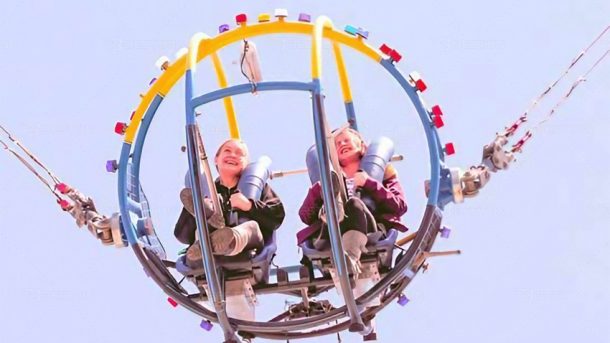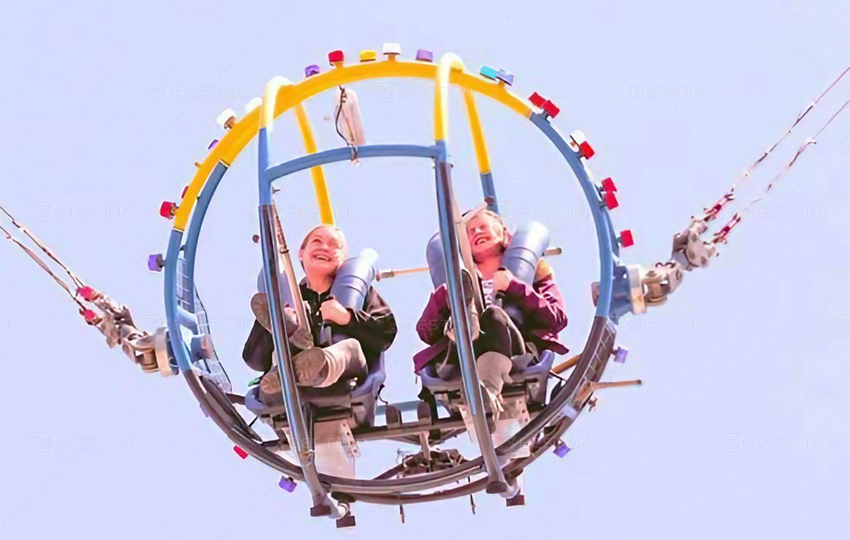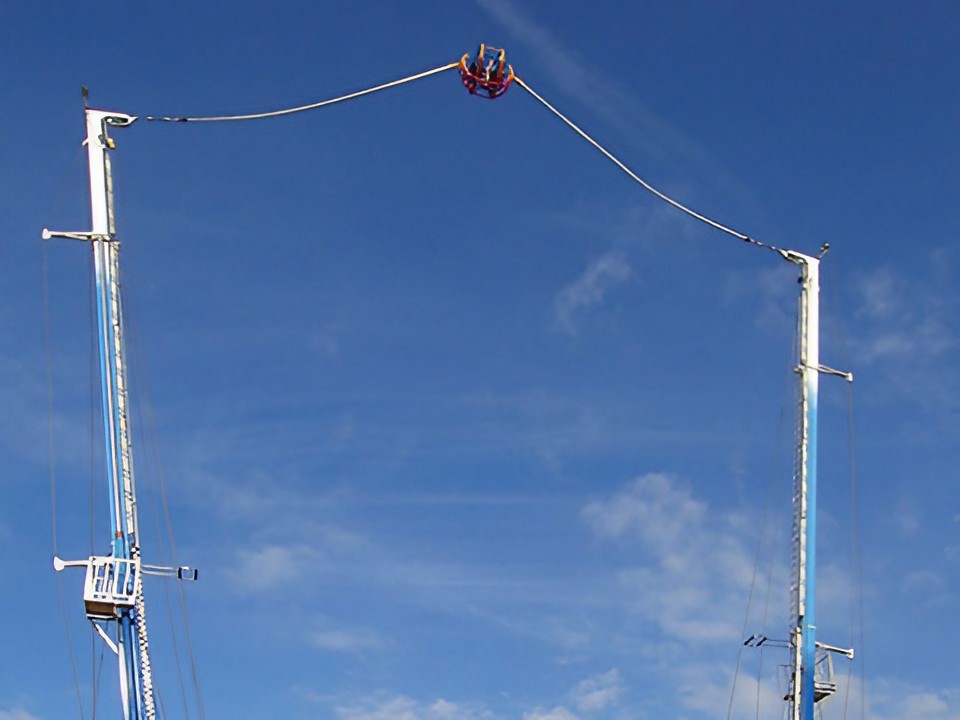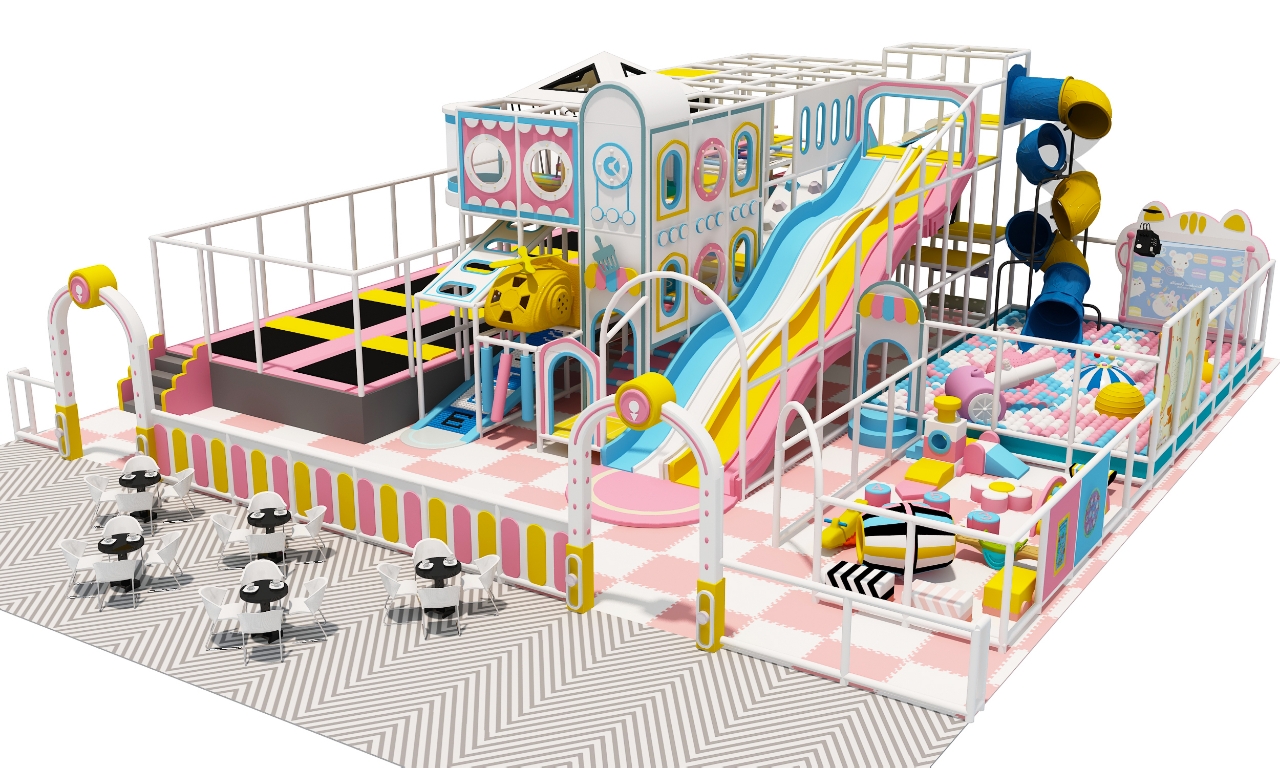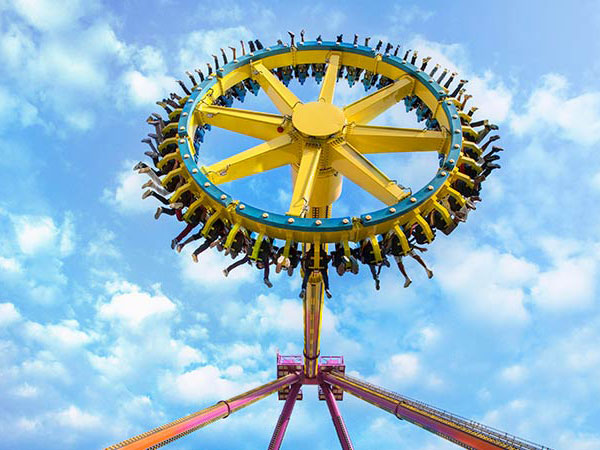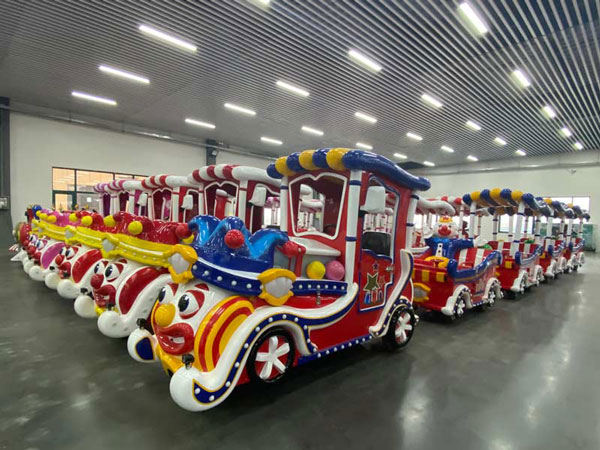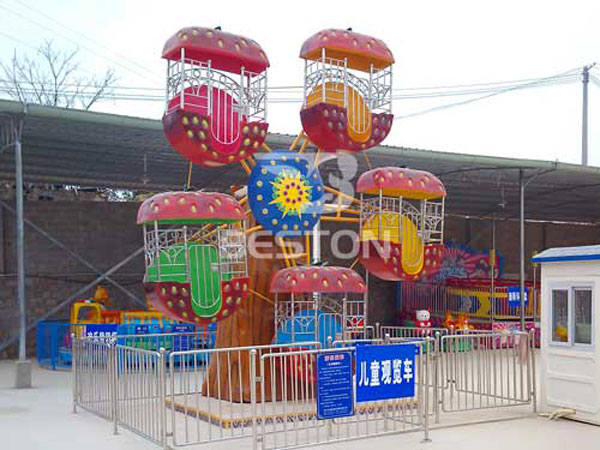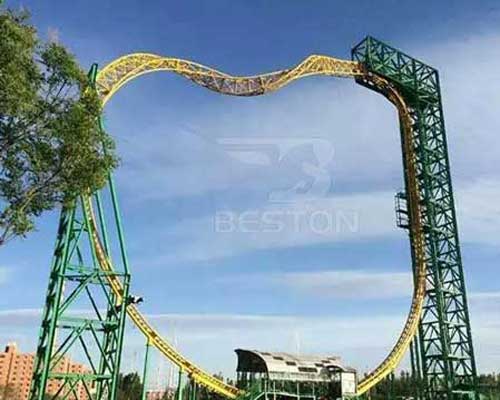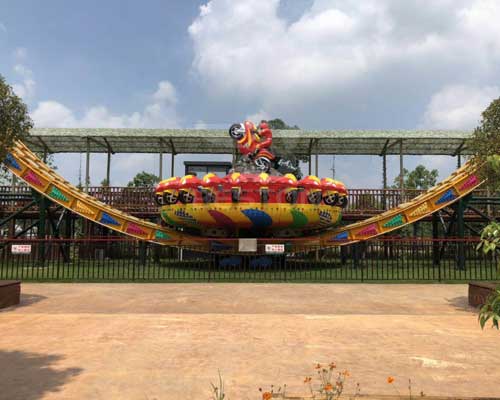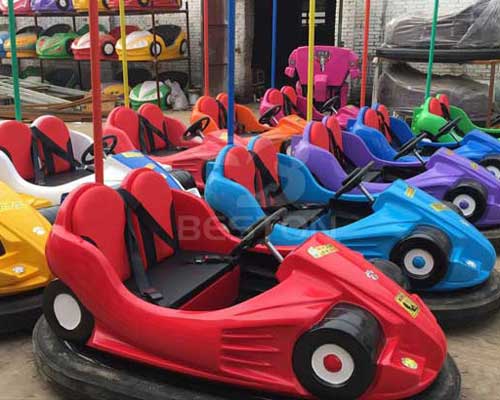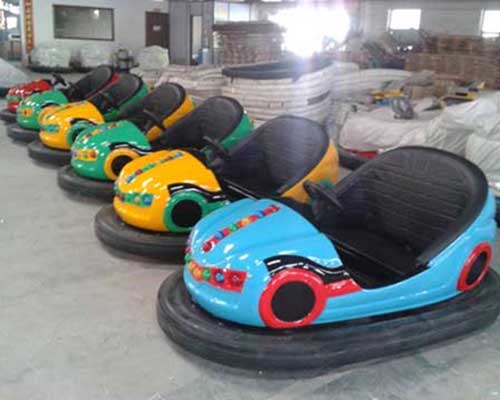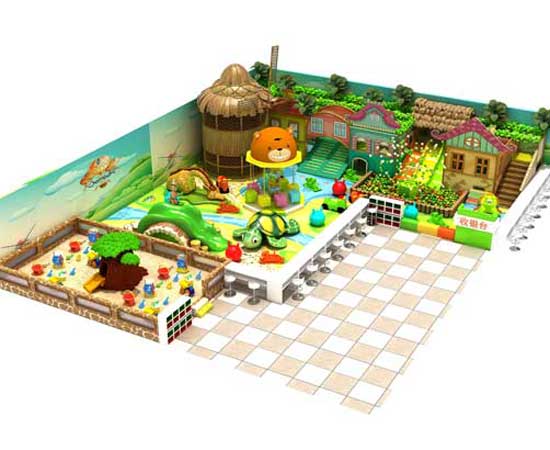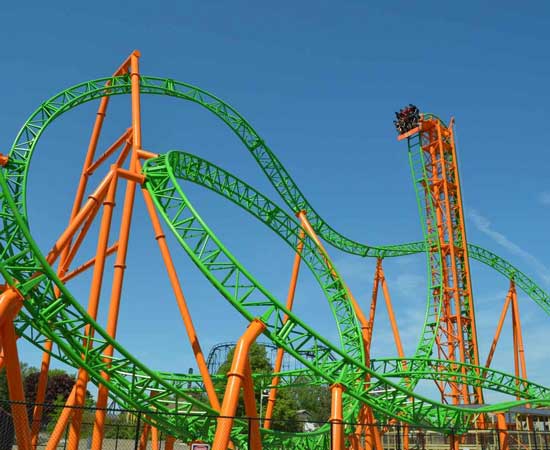The amusement industry has always been a blend of creativity, engineering, and guest entertainment. In recent years, manufacturers have embraced innovation like never before, bringing to life attractions that go far beyond traditional expectations. From the breathtaking swing tower ride (аттракцион седьмое небо) to upgraded versions of the classic swing ride, new design strategies are shaping the future of amusement experiences for guests worldwide.
The New Era of Amusement Park Experiences
Modern visitors expect much more than just a thrilling ride (экстремальные аттракционы). They want an unforgettable journey filled with immersive elements, breathtaking views, and high safety standards. This shift in audience demand has pushed manufacturers to reimagine every detail of amusement equipment, from visual design and ride motion to interactive features that appeal to both children and adults.
Combining Technology with Entertainment
One of the most significant trends in the industry is the use of advanced technology to enrich the ride experience. Lighting systems, digital screens, and synchronized sound effects are now common additions. Imagine ascending a swing tower ride while dramatic LED lighting pulses with each movement or boarding a swing ride where music adjusts with the rhythm of the spinning motion. These elements elevate attractions from simple rides to multi-sensory adventures.
Architectural Creativity and Visual Appeal
Another area where innovation shines is in design aesthetics. Today’s rides are no longer just mechanical structures; they are works of art that enhance the overall theme of an amusement park. Towers are built with sleek, futuristic designs, while classic rides (аттракционы) like the swing ride often come decorated with vibrant colors, illuminated seats, and themed artwork that capture attention both day and night.
The Impact on Park Atmosphere
A ride’s appearance can significantly influence the overall atmosphere of a park. A swing tower ride standing tall with a glowing structure can become a central landmark, visible from miles away. Smaller attractions with unique themes—such as fairy-tale swing rides or futuristic pendulum-style rides—contribute to the park’s identity, creating photo-worthy experiences that visitors eagerly share online.
Engineering Safety and Reliability
Safety has always been a top priority, but modern designs take it further by integrating smart systems and enhanced safety protocols. New materials, stronger harnesses, and automated monitoring systems ensure that every ride operates with maximum reliability. For instance, the latest swing ride (цепочная карусель) models often include advanced restraint systems that provide comfort without compromising security, making them suitable for a wider range of age groups.
Reducing Downtime with Smarter Systems
Innovative engineering doesn’t just improve safety; it also reduces maintenance downtime. Automated diagnostic tools and remote monitoring allow operators to identify potential issues before they disrupt operations. This means attractions like swing tower rides can run more smoothly throughout the year, maximizing guest satisfaction and increasing return on investment for park owners.
Personalized and Immersive Experiences
Another major trend in new ride design is personalization. Guests today want more control and variety in their experiences. Interactive swing rides that allow riders to adjust seat tilt or intensity settings are gaining popularity. Virtual reality integration is also making waves, letting guests enjoy entirely new perspectives while physically riding a traditional attraction.
Expanding the Audience Reach
These immersive features help broaden the appeal of rides. Families with younger children may prefer gentler settings, while thrill-seekers can opt for the most intense experience available. A single swing tower ride, equipped with adjustable modes, can therefore serve multiple audience segments, making it a versatile and profitable investment for amusement parks.
Why Innovation Matters for the Future of Parks
The amusement industry thrives on excitement and novelty. As guests become more discerning, parks that invest in innovative rides will stand out from the competition. Attractions that combine aesthetic appeal, advanced technology, and safety are not only crowd-pullers but also long-term assets for operators. From classic swing rides reinvented with LED illumination to towering swing tower rides offering panoramic thrills, the possibilities continue to expand.
Shaping Tomorrow’s Entertainment
Ultimately, the future of amusement parks lies in how well they embrace creativity and innovation. Every new ride is a statement of vision—proof that the industry can balance nostalgia with modern demands. Whether it’s a timeless swing ride brought to life with interactive features or a record-breaking swing tower ride offering unmatched views, innovation ensures that guests leave with memories worth sharing and returning for.
Conclusion: The Power of Design and Experience
Amusement rides have always been about joy and thrills, but modern innovation has taken them to the next level. With advanced engineering, captivating designs, and immersive features, attractions are no longer just rides—they are complete experiences. As swing tower rides and reinvented swing rides continue to dominate the industry, parks that adopt these forward-thinking designs will not only attract visitors but also build stronger reputations for creativity, safety, and unforgettable fun.

